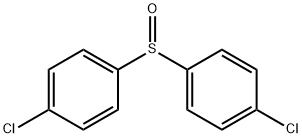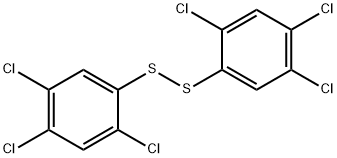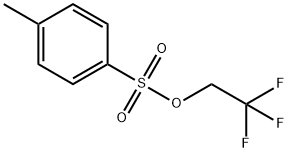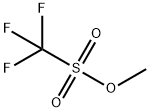PRODUCT Properties
| Melting point: | −85 °C(lit.) |
| Boiling point: | −60 °C(lit.) |
| Density | dgas 1.19 (air = 1.00) |
| vapor density | 1.19 (15 °C, vs air) |
| vapor pressure | 252 psi ( 21 °C) |
| FEMA | 3779 | HYDROGEN SULFIDE |
| Flash point: | -17℃ |
| storage temp. | 2-8°C |
| solubility | soluble in H2O |
| form | colorless gas |
| pka | 7(at 25℃) |
| color | colorless gas; flammable |
| PH | pKa1= 6.90, pKa2 = 13.48(25℃) |
| Flame Color | Blue |
| Odor | Strong rotten egg odor detectable at 0.001 to 0.1 ppm (mean = 0.0094 ppm);
olfactory fatigue occurs quickly at high concentrations |
| Odor Threshold | 0.00041ppm |
| explosive limit | 6% |
| Water Solubility | 1g dissolves in H2O: 187mL (10°C), 242mL (20°C), 314 (30°C) [MER06] |
| Merck | 13,4823 |
| BRN | 3535004 |
| Dielectric constant | 9.3(-84℃) |
| Stability: | Stable. Highly flammable. May form explosive mixture with air. Note wide explosive limits. Incompatible with strong oxidizing agents, many metals. May react violently with metal oxides, copper, fluorine, sodium, ethanal. |
| CAS DataBase Reference | 7783-06-4(CAS DataBase Reference) |
| EPA Substance Registry System | Hydrogen sulfide (7783-06-4) |
Description and Uses
Hydrogen Sulfide is a colorless, very poisonous, flammable gas with the
characteristic foul odor of rotten eggs. It often results
from the bacterial breakdown of organic matter in the
absence of oxygen, such as in swamps and sewers where
anaerobic digestion can take place. It also occurs in
volcanic gases, “natural gas”, and some well waters.
Hydrogen sulfide has numerous names, some of which
are archaic.
Small amounts of hydrogen sulfide occur in crude oil,
but natural gas can contain up to 90%. About 10% of the
total global emission of H2S is due to human activity.
Hydrogen sulfide is used as an analyticalreagent and in the manufacture of heavywater. It occurs in natural gas and sewer gas.It is formed by the reaction of a metal sulfidewith dilute mineral acid, and in petroleumrefining.
Safety
| Symbol(GHS) |     GHS02,GHS04,GHS06,GHS09 |
| Signal word | Danger |
| Hazard statements | H220-H280-H330-H400 |
| Precautionary statements | P260-P271-P273-P284-P304+P340+P310-P410+P403 |
| Hazard Codes | F+,T+,N,F |
| Risk Statements | 12-26-50-40-36/37-19-11 |
| Safety Statements | 9-16-36-38-45-61-28-26 |
| OEL | Ceiling: 10 ppm (15 mg/m3) [10-minute] |
| RIDADR | UN 1053 2.3 |
| WGK Germany | 2 |
| RTECS | MX1225000 |
| Autoignition Temperature | 260 °C |
| DOT Classification | 2.3, Hazard Zone B (Gas poisonous by inhalation) |
| HazardClass | 2.3 |
| Hazardous Substances Data | 7783-06-4(Hazardous Substances Data) |
| Toxicity | LC50 in mice, rats (ppm): 634, 712 (1 hr inhalation) (Vernot); LC50 in rats (ppm): 444 (4 hr inhalation) (Tansy) |
| IDLA | 100 ppm |






